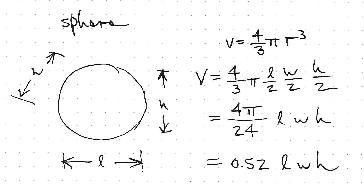Estimations using common shapes
We rarely measure areas directly.
For example, there is no tape measure that has an area.
Rectangle
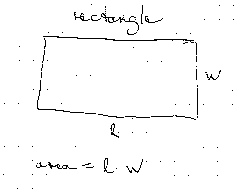
Circle
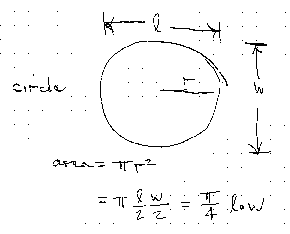
Ellipse
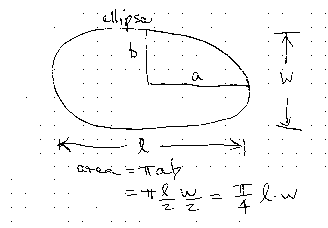
Any shape
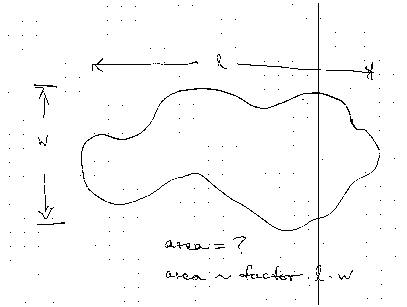
Areas
Notice that these all involve the length and the width and a factor
shape area rectangle l \cdot w circle 0.79\ l \cdot w ellipse 0.79\ l \cdot w
Area
- Has dimension of length squared
Common Shape Volumes
Basic Volumes
- Cube
- Cylinder
- Pyramid
- Sphere
What is in common?
- A length times a length times a length
- Has dimensions of length cubed
- Volume only differs from a rectangular prism by a factor
Cylinder
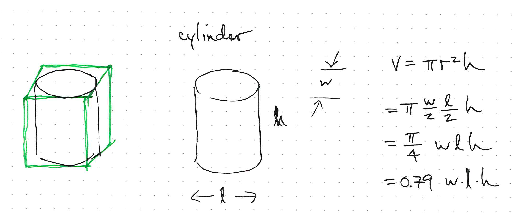
Sphere
